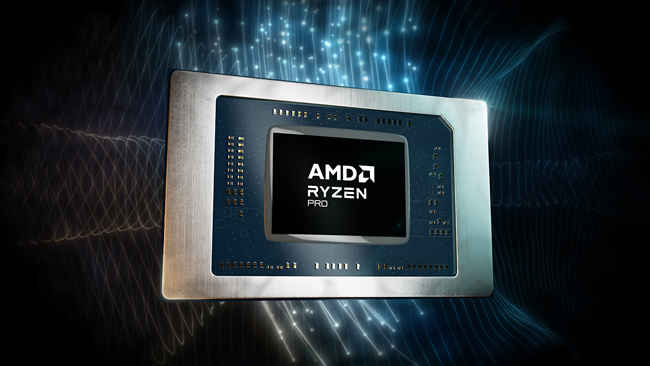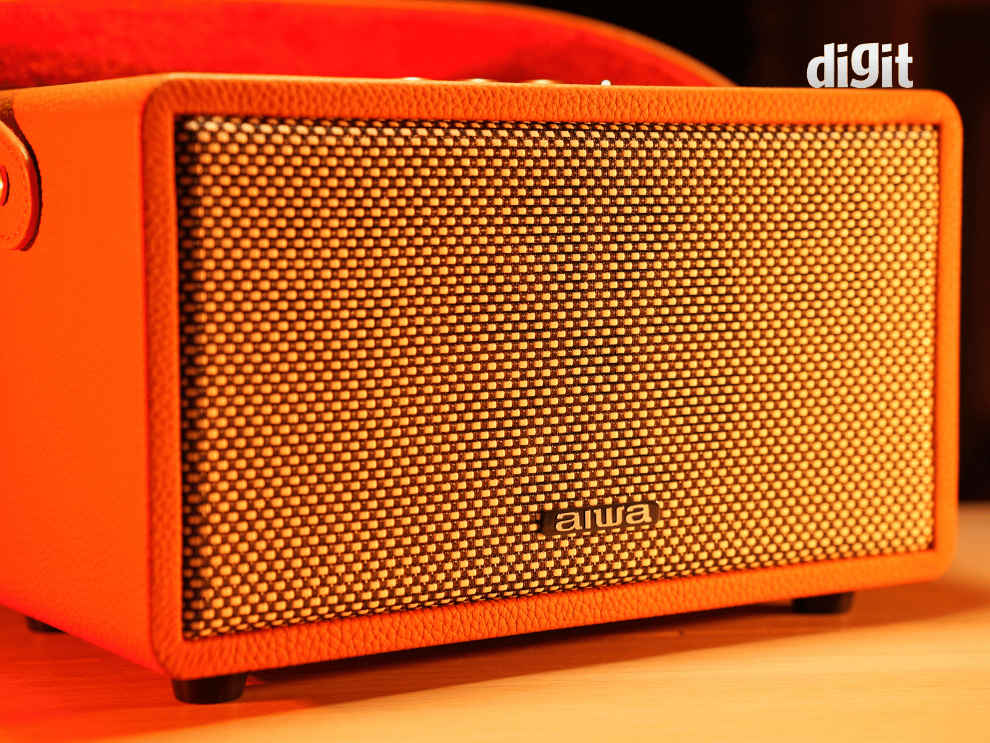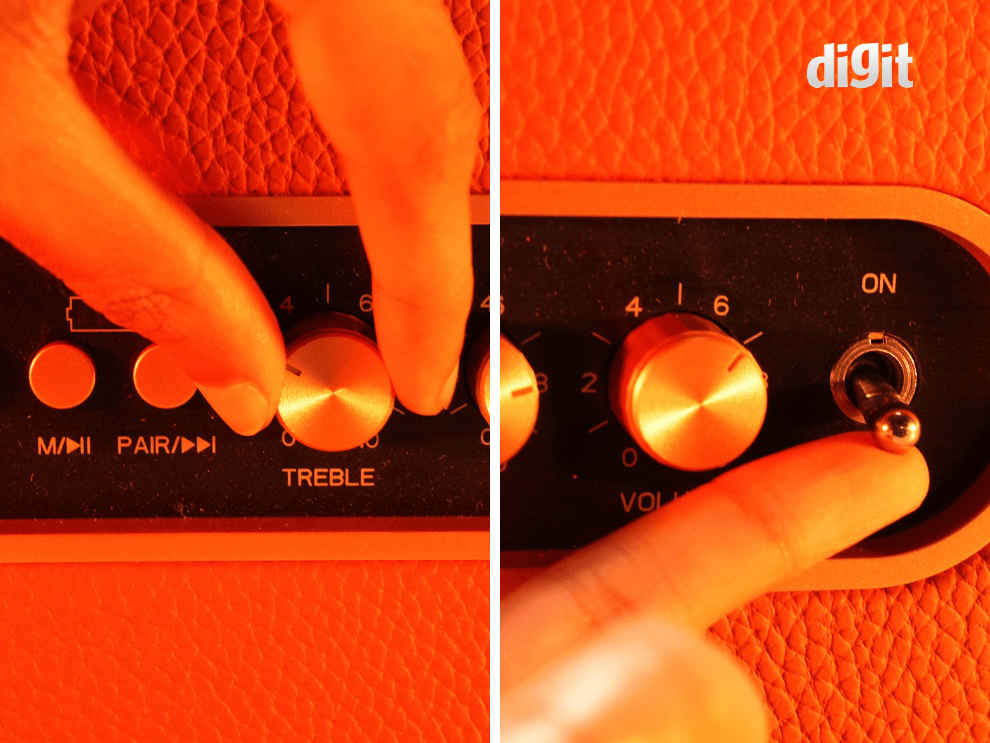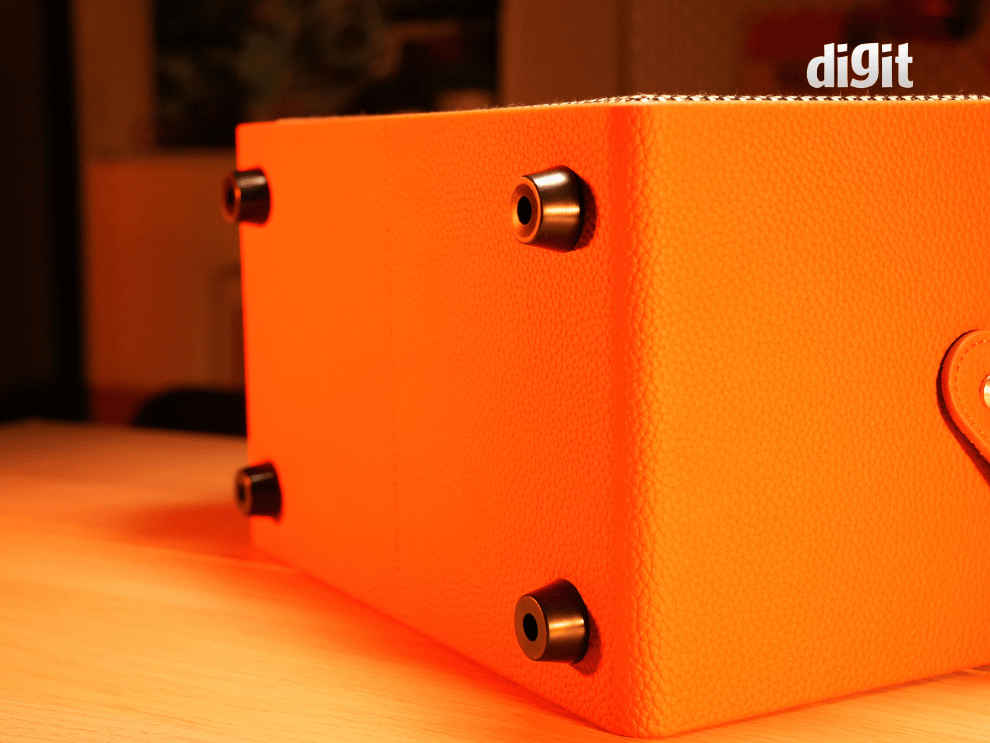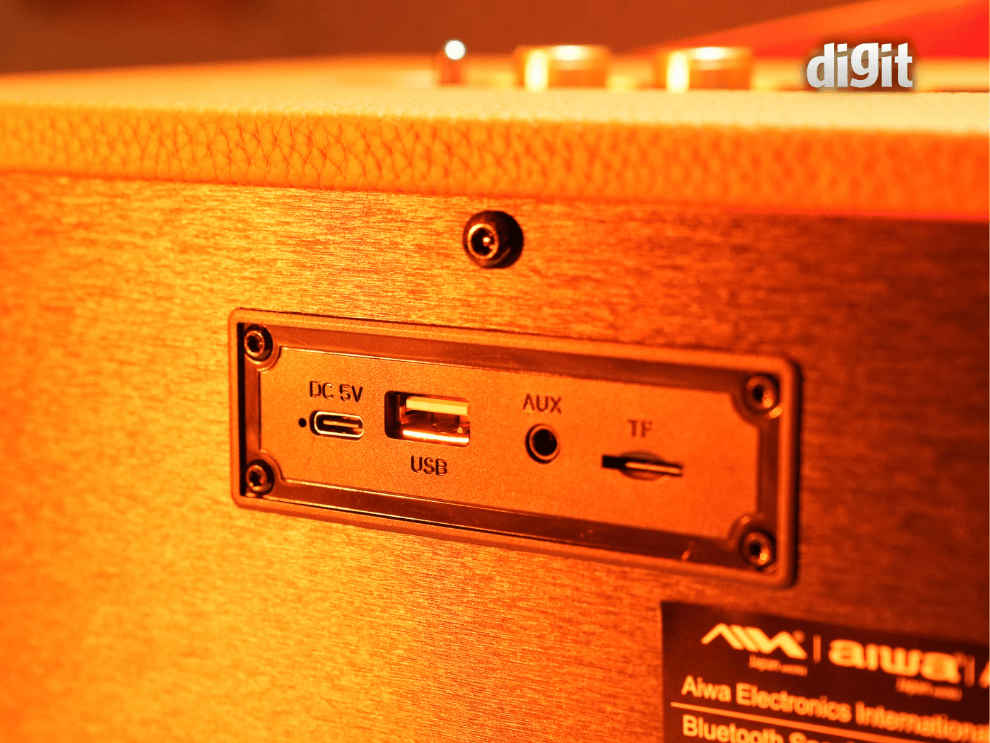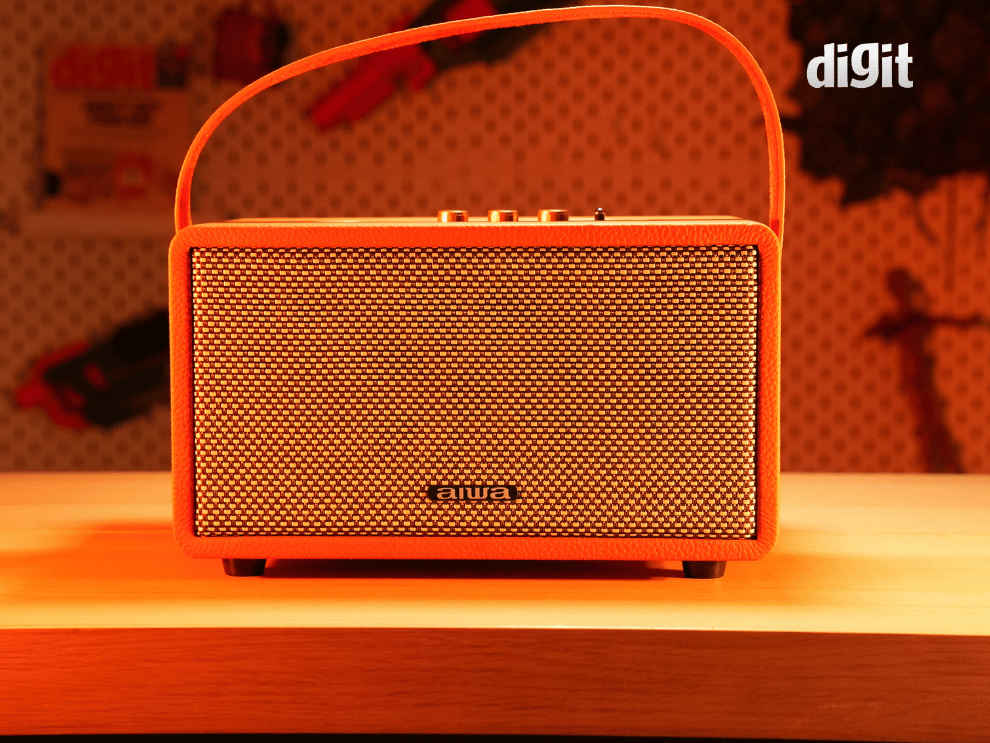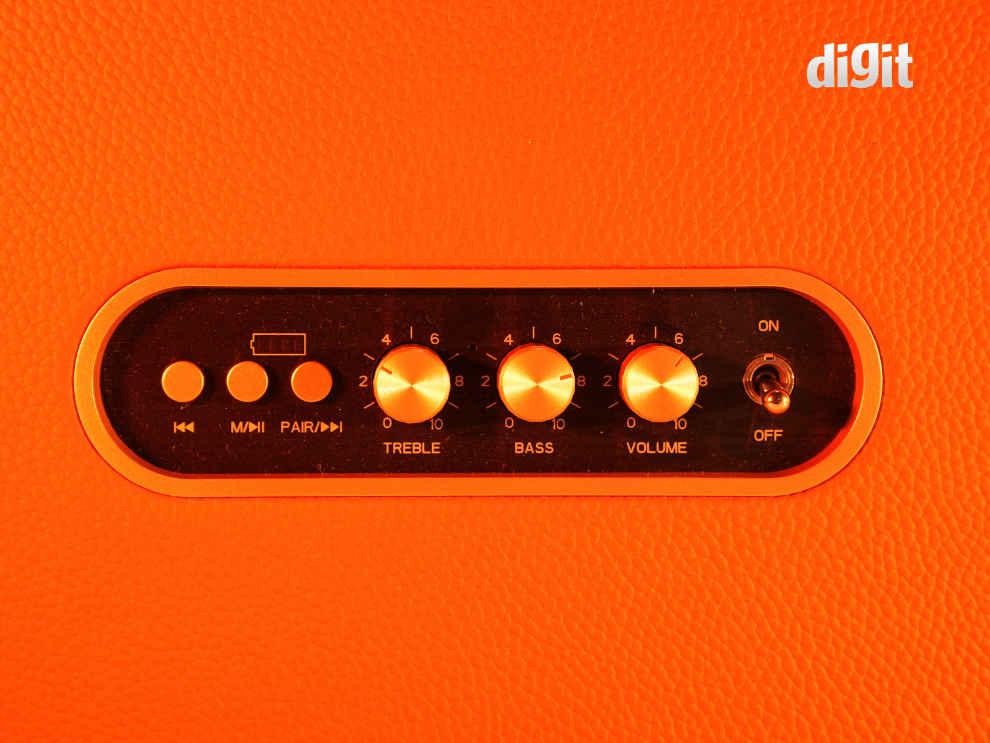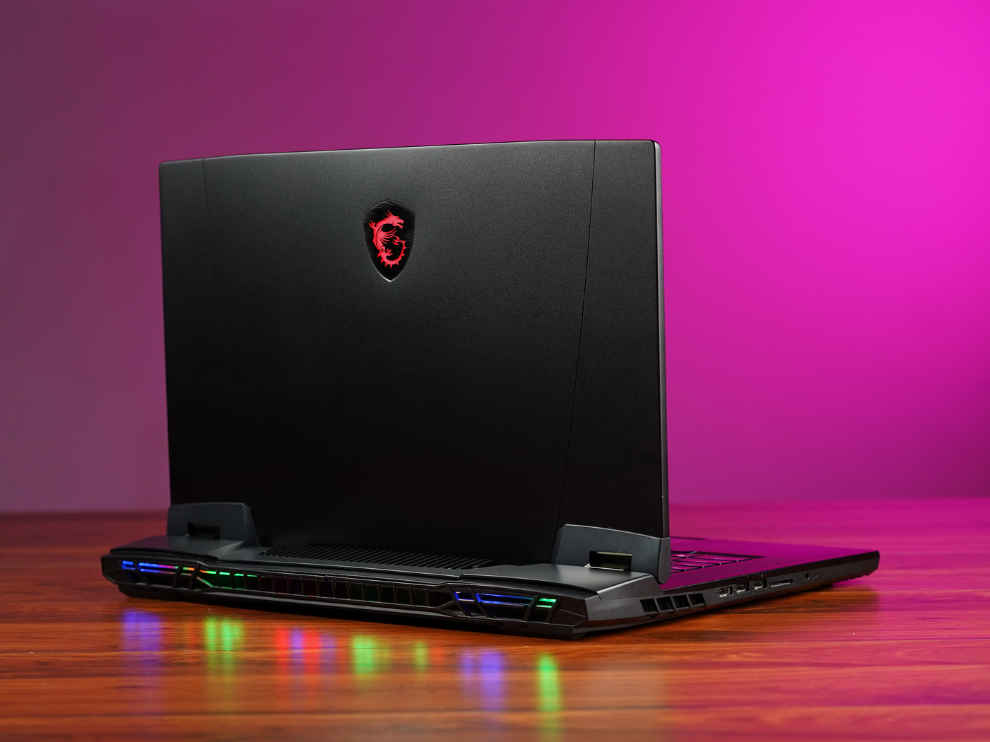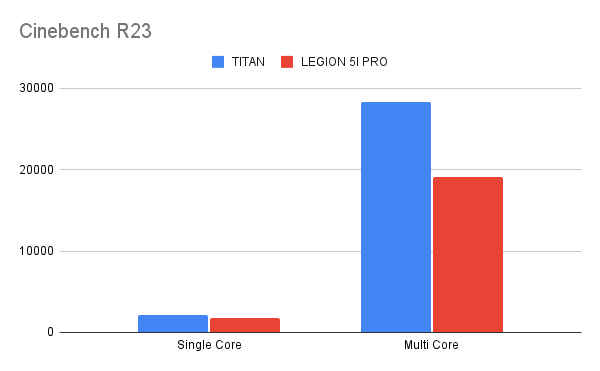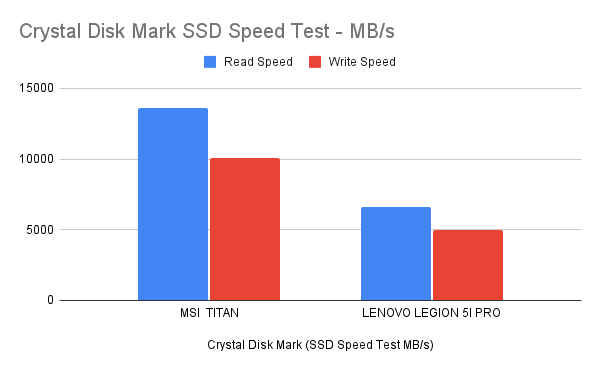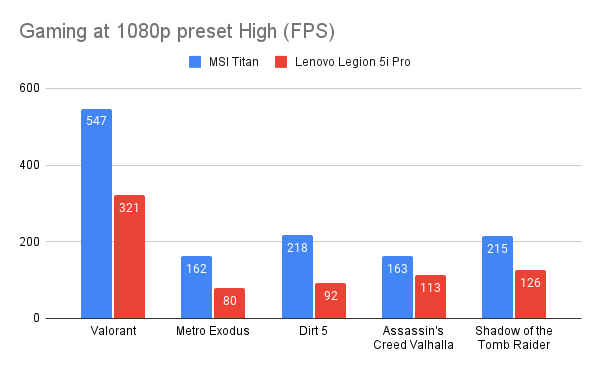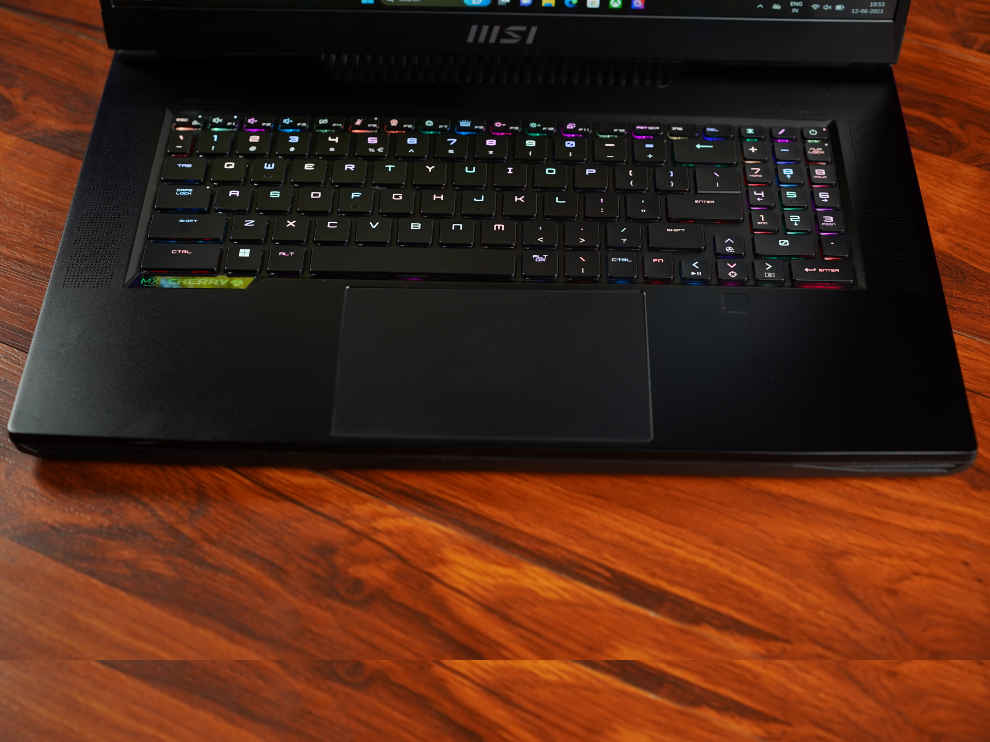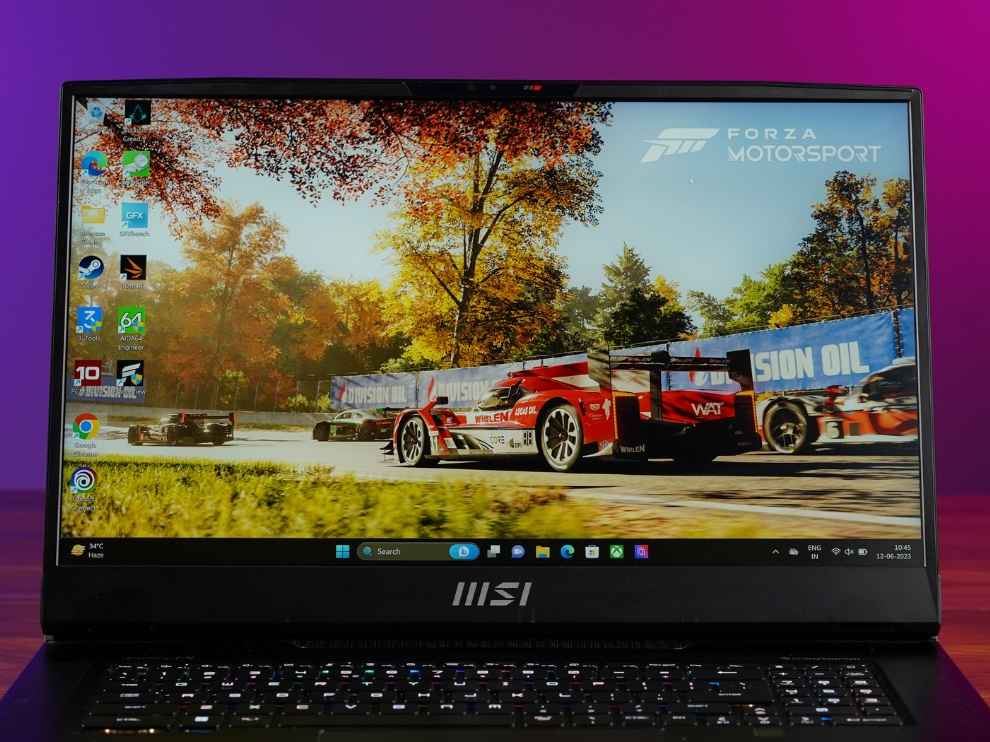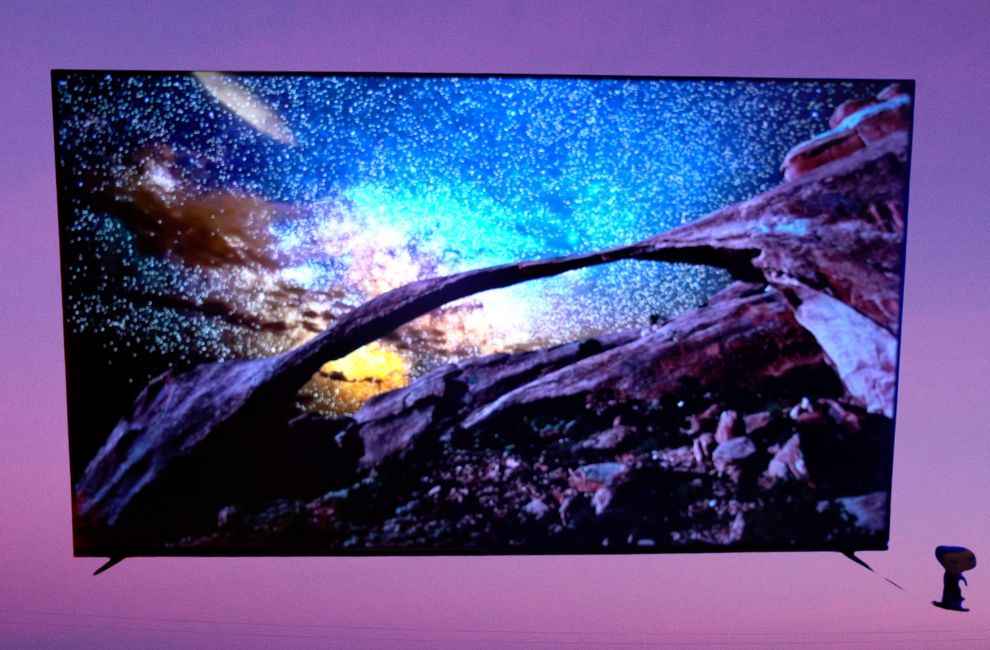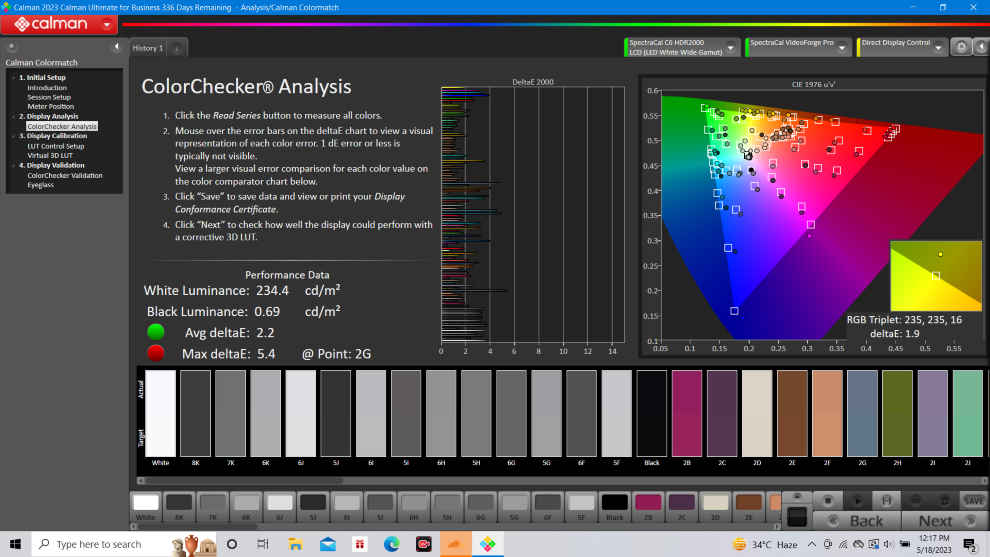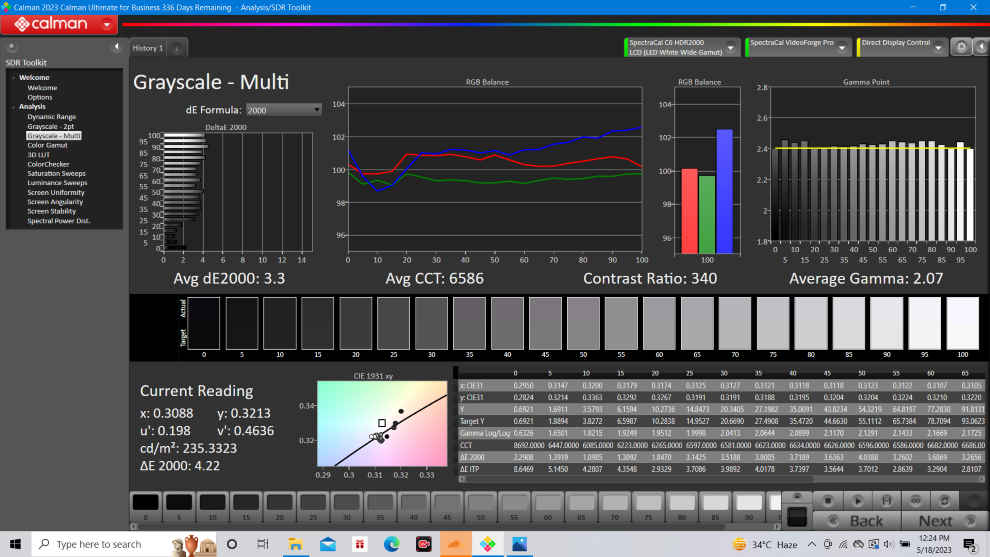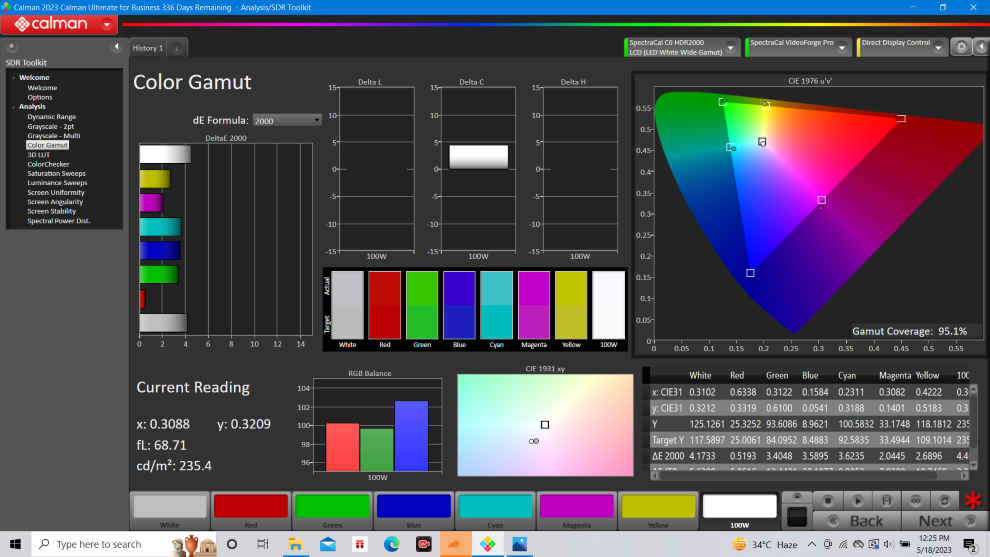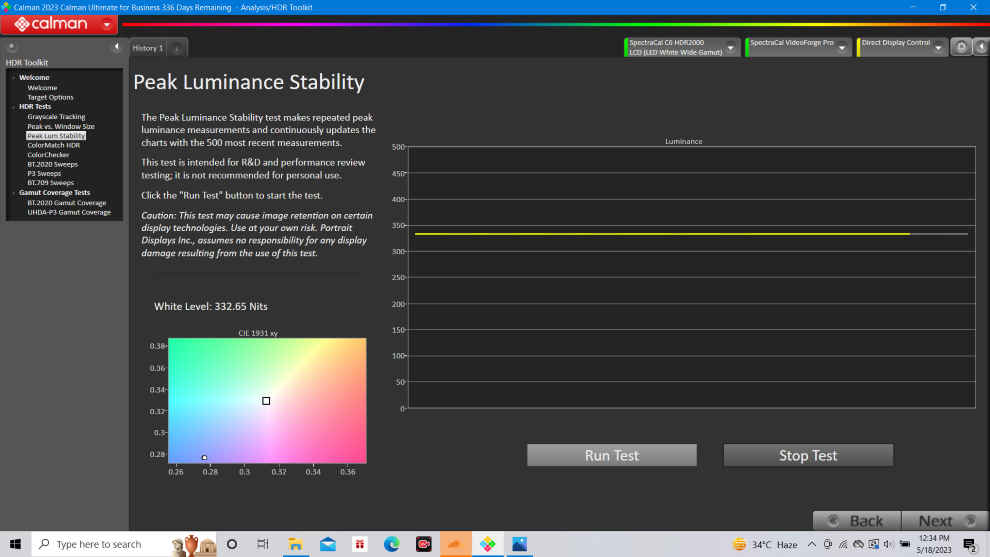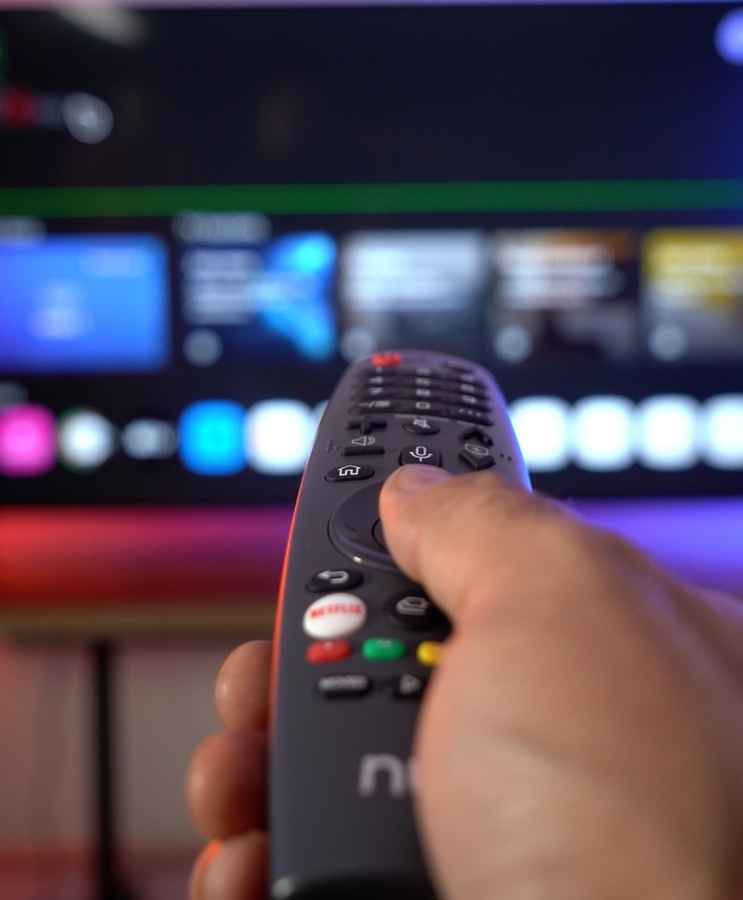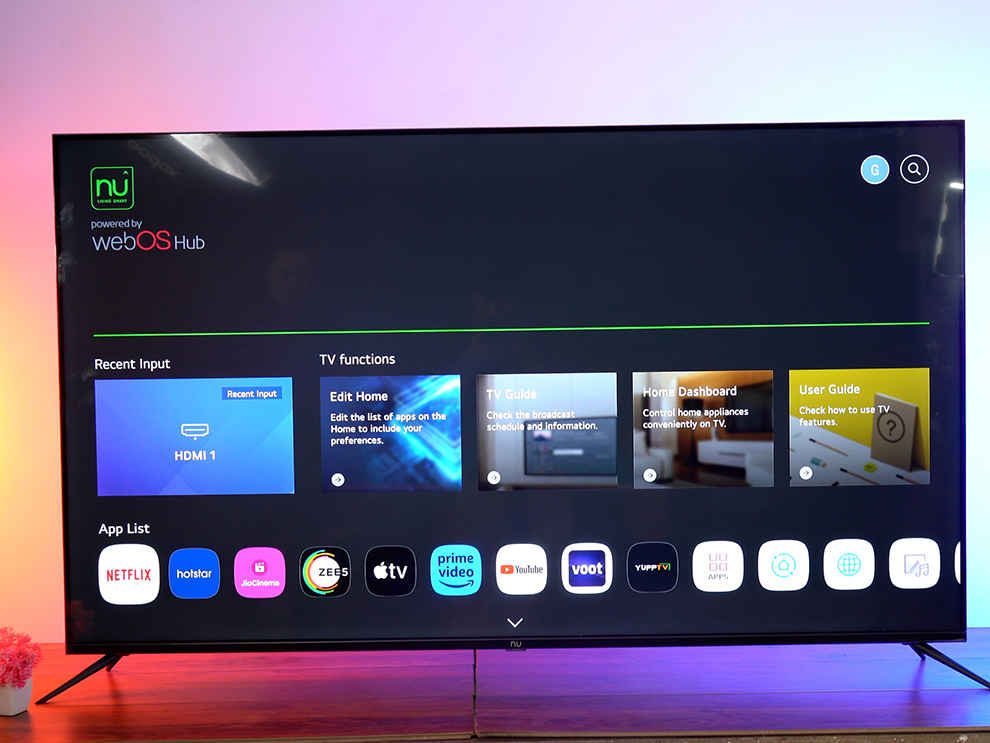My final word on the Redmi Buds 4 Active would be that you can go for it if you are looking for a pair of earbuds below ₹1,500. They are a well-rounded pair of earbuds. But you need to test out the controls if they work for you or not. In my experience, the controls could have been much more refined than what they are right now.
If that works out for you, I doubt that only a few other offerings would be able to match up to the looks, feel, and performance of these earbuds. At the time of launch, these are retailing for ₹1,199. Most other alternatives are either wired or neckband, with only a few TWS, like ones by Truke, coming close to them.
Amongst the thousands of TWS earbuds we have on offer in the ₹1,000 to ₹2,000 bracket, we have a new kid trying to make its way in. It is the Redmi Buds 4 Active. These TWS earbuds from the house of one o the most popular brands in India, Xiaomi, are trying to give their competitors from brands like Realme, Oppo, boAt, and the like a run for their money.
So, when the Redmi Buds 4 Active showed up at the Digit Test Centre (before launch), I started testing them, I made sure to draw parallels between these earbuds and similarly priced devices. I put these earbuds through our testing process, and here’s what I found out –
Redmi Buds 4 Active: Build and DesignAs soon as you pull the Redmi Buds 4 Active earbuds out of the box, they scream simplicity. The case (on the outside) and the buds have a monotone design, which I love. When you open the case, you get a slight touch of dark grey inner cavity housing the earbuds, which is a nice touch. There’s a subtle glossy strip running along the circumference of the case, which also adds to the buds' overall appeal.

The case and the buds both have a matte finish, apart from that glossy strip that I mentioned. There’s no loud branding on the case apart from the back.
The case hinge is plastic and, much to my disappointment, isn’t as clicky and robust as I would like it to be. But, if you are into doing “cool stuff”, then you can hold the case, flick it, and the lid would open. I tried it several times to make sure that the buds didn’t go flying out of the cavity, and they didn’t, which gave me enough confidence to mention this trick here. But, again, keep in mind the hinge is slightly on the loose side out of the box and is made with plastic, so reserve the trick for special occasions ;-)
As for the fit and comfort of the buds themselves, they are lightweight and comfortable to wear for long periods of time. Even when you are going for a run or to the gym, stay assured that these earbuds will stay in place should not be issue. They are also rated IPX4, so they should be fine against light sweat and splashes of water.
As for the materials used, both the case and the earbuds are made of the same material, which during my time of use, resisted scratches and scuffs pretty well. There were minor scratches on the glossy part of the case, but overall the case and the buds held their own.

Like some of the earbuds that I have reviewed recently, the Redmi Buds 4 Active come with a limited yet robust feature set. There’s not much on offer with these earbuds, but whatever is baked in is solid for the most part. Why didn’t I end the sentence at solid? Well, you’ll know.
Let’s start with the good part first. It is the pairing. The process of getting these earbuds into pairing mode is easy. Not that intuitive, as you have to take these earbuds out of the case, put them on and then tap thrice on each of the two stems. But, once it is in pairing mode, the process is robust. Even fast pairing with compatible devices works like a charm. I have had experiences with pricier earbuds with Google Fast Pair implementation.
As stated earlier, these earbuds are IPX4 rated, so they are protected against light sweat and splashes of water. Pair that with their great fit, and you have a budget-friendly workout companion.
These earbuds also have ENC for listening, which works some software magic to identify any anomalous sounds in your environment and negate them. For the price that these earbuds are retailing at, this is a very welcome addition. When you pair it with the right fitting eartips, which you have three sizes to choose from, you can get surprising results.
Now, coming to the part which I have the biggest gripe, the controls. The controls of these earbuds is one area where I expected Xiaomi to put in much more effort and refine them. Right now, it is a hit-and-miss when you are changing tracks. The responsiveness is something that I expect the brand to work on when they release the next pair or a firmware update to make whatever we have with these earbuds better. The is no volume control on the earbuds either, which, again, strips one point off. I know that it is not that common at this price, but a bump of about ₹250 to ₹500 with better controls and adding a couple more features would have been nice to have for sure! Right now, it would be a dealbreaker for me, at least.
In the app side, there's nothing to write much about. There's battery indicator and the toggle to turn low latency mode on and off.
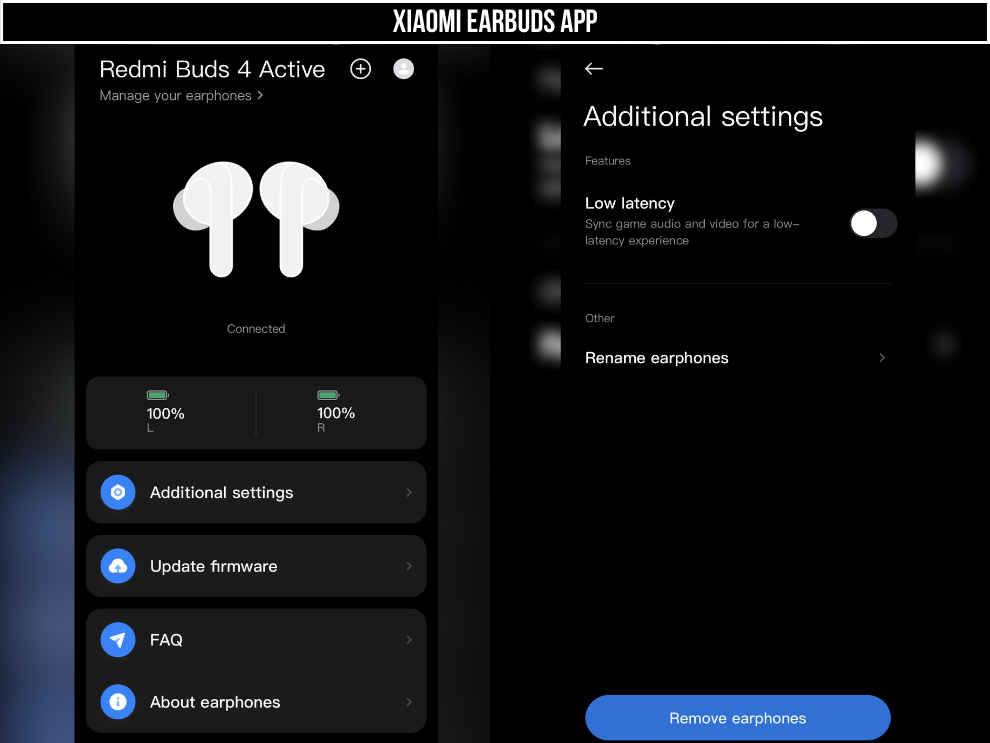
As far as connectivity is concerned, that should not be an issue in daily use. The earbuds come with the latest Bluetooth 5.3 and do not have connection drops across three walls, as I found out when walking around the office with them on.
Redmi Buds 4 Active: PerformanceWhen it comes to the sound signature of the Redmi Buds 4 Active, it is very similar to what we have come to expect and find in earbuds priced between the ₹1,000 to ₹2,000 mark.
As you can see in both graphs, there’s a very apparent boost in the bass frequencies. This is very normal for earbuds that are catered to the Indian masses as the taste is generally geared towards having a bass-forward sound signature. Given the boost, many would expect that it would get muddy and eat into other frequencies. But during my time with the earbuds, I did not feel that it impacted the mids and the highs that much.
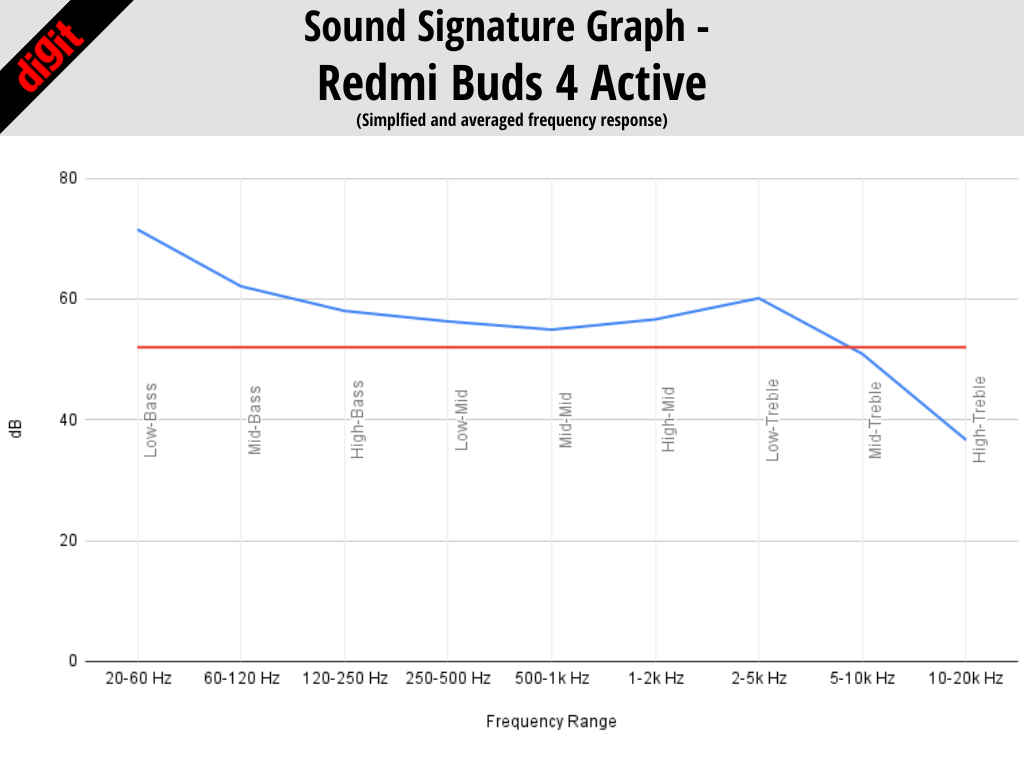
The mids come pretty close to our baseline reading of the pink noise, and the boost in the highs makes sure that in tracks across genres, you get as balanced of a sound as you can when you are spending just over ₹1,000 on a pair of TWS earbuds. After the testing ended, I moved away from our regular song suite and listened to some quintessentially Indian songs. And, in those tracks, the performance of these earbuds shined through.
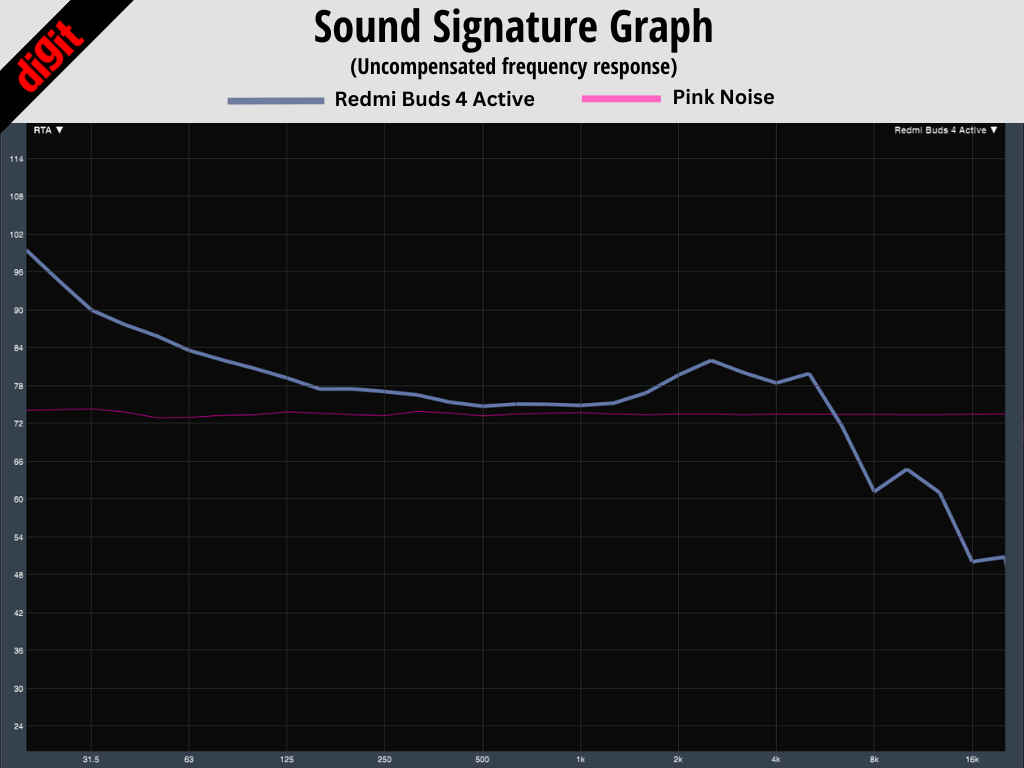
I honestly did not expect these headphones to give me the experience that they did. In songs like Obsession which has been doing rounds on Instagram, the vocals, the bass response, and most instruments were clear, and the song felt well-rounded.
Coming to the ENC, as prefaced earlier, it also was a pleasant surprise for me. I used the tips that came in out of the box (medium) as they gave me the optimal seal. And once that was set, the ENC made sure that around the 55 per cent volume mark, most of the ambient sounds, like that of an AC, were drowned out almost completely. The clicking of my mechanical keyboard was also very muted.
All in all, if you have a taste for hip-hop, Bollywood, and similar genres of music, you will thoroughly enjoy what these earbuds offer. The ENC is the cherry on top!

The low latency mode drained the battery on these earbuds, but during gaming and watching videos, a trained person would notice the improvement in performance that it brings. So, if you are willing to compromise a bit on the battery life of these earbuds, then you can essentially keep it on all the time.
Talking about the battery life, let’s move on to the penultimate section of the review before I get to the verdict.
Redmi Buds 4 Active: BatteryXiaomi claims that these earbuds last about 5 hours on a single charge, with the case providing about six more rounds of charging, bringing the total battery life on the buds to 30 hours. In my time with the earbuds, testing them, I got 4 hours and 15 minutes of battery life, which is pretty close to the numbers claimed by the brand.

You can use a USB-C cable to juice these earbuds when you are out of charge. These earbuds sport fast charging, meaning they can provide about 90 minutes of playback on 10 minutes of charge. This again is a nice inclusion.
Redmi Buds 4 Active: VerdictMy final word on the Redmi Buds 4 Active would be that you can go for it if you are looking for a pair of earbuds below ₹1,500. They are a well-rounded pair of earbuds. But you need to test out the controls if they work for you or not. In my experience, the controls could have been much more refined than what they are right now.

If that works out for you, I doubt that only a few other offerings would be able to match up to the looks, feel, and performance of these earbuds. At the time of launch, these are retailing for ₹1,199. Most other alternatives are either wired or neckband, with only a few TWS, like ones by Truke, coming close to them.
from Audio Video Reviews https://ift.tt/fjUq2CK
